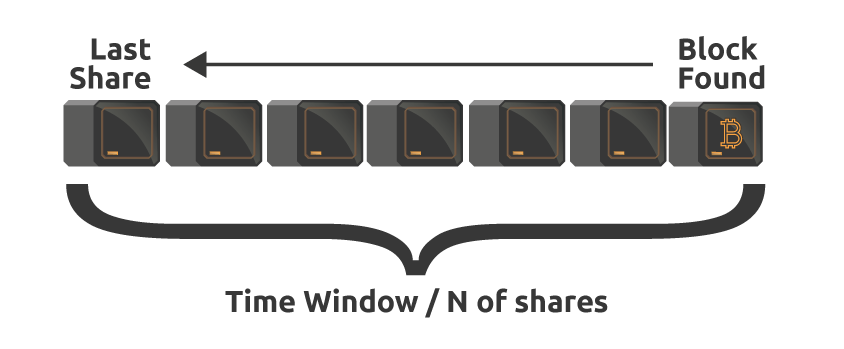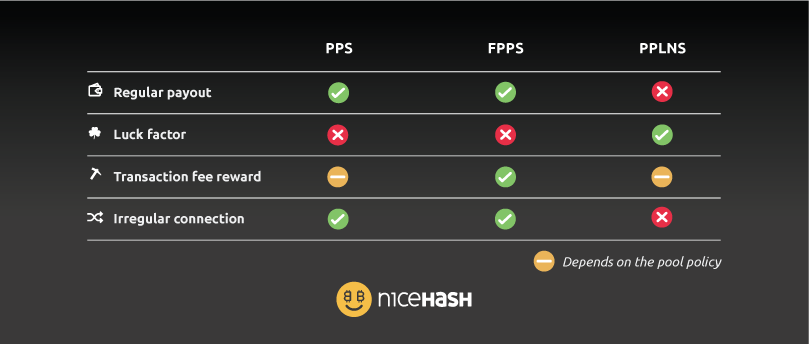Blockchain basics - node
In this blog post, we are going to talk about the basics of Bitcoin blockchain technology. We will answer questions like:
- What is a blockchain node?
- What does a node do and why are they relevant?
- Is miner a node?
- What is the difference between a node and a miner?
- Why should nodes be up to date at all times?
Node is a crucial part of the blockchain. Without nodes, there is no blockchain as nodes are required to store data of the blockchain. You can read a little bit about blockchain in this article.What is a blockchain node?
As of the time of writing, there are about 9700 active Bitcoin nodes.
Full node
A full node is basically software that runs on a computer, most commonly Bitcoin Core is used for Bitcoin. It could be a server, laptop, or desktop PC, as long as it has enough storage and it can store all the historical data. Historical blockchain data are all the previous blocks on the blockchain. At the time of writing, Bitcoin the blockchain size is around 350GB.
A full node assures that the rules of the blockchain are being followed.
What does a node do and why are they relevant?
Node has four basic functionalities:
- Stores blockchain data
- Accepts or rejects miner attempts of adding a new block to the blockchain
- Synchronize with other nodes and transmits past blockchain data to newly connected nodes.
- Generates wallet addresses and transactions
1. The node stores all past blockchain transaction information. With Bitcoin, each block consists of max. 2MB of data is added to the blockchain approximately every 10 minutes. Once the block is confirmed all nodes are updated and the total blockchain size and block height increases.
2. Once the miner attempts to submit a new block to the blockchain the node relays the block to all the other nodes on the blockchain. Nodes then either accept or reject the new block submitted by the miner.
3. Nodes also share past block transactions with other nodes who are trying to synchronize their nodes to the most recent one. All nodes store the same blockchain data. Nodes prevent a single (or minority) of actors to take control of the network thus making it decentralized.
4. A full node can generate wallet addresses and transactions on the blockchain.
Is miner a node?
A miner node is a full node that does additional work by validating transactions. All miners are nodes, but not all nodes are miners.
A miner node will use hardware to guess the combination of letters and numbers required to submit a new block to the blockchain. Once a block is submitted, all the nodes will decide if the submission is valid or not.
Do not confuse a software miner or a miner running on your computer with a miner node. Miner node is most often run by pools to which other miners (not miner nodes) connect.
What is the difference between a node and a miner?
A miner cannot operate without running a node. But a full node is not necessarily a miner.
In essence, a full node will receive, store and broadcast data to other nodes, while a miner node will do the same but it will also try to create new blocks of transactions and will attempt to broadcast it to other nodes which then either accept it or reject it.
All mining pools are basically nodes where other miners connect their hashing power to.
Why should nodes be up to date at all times?
A node should always be in sync with other nodes. If a node is not synced with the majority of nodes it means it is falling behind and cannot be used to confirm blocks on the blockchain.
A fully synced node provides security, trust, and decentralization of the blockchain, which is a good thing.
If a dishonest node tries to broadcast a false transaction for malicious attempts, the node will be disconnected from the blockchain by the honest nodes.








